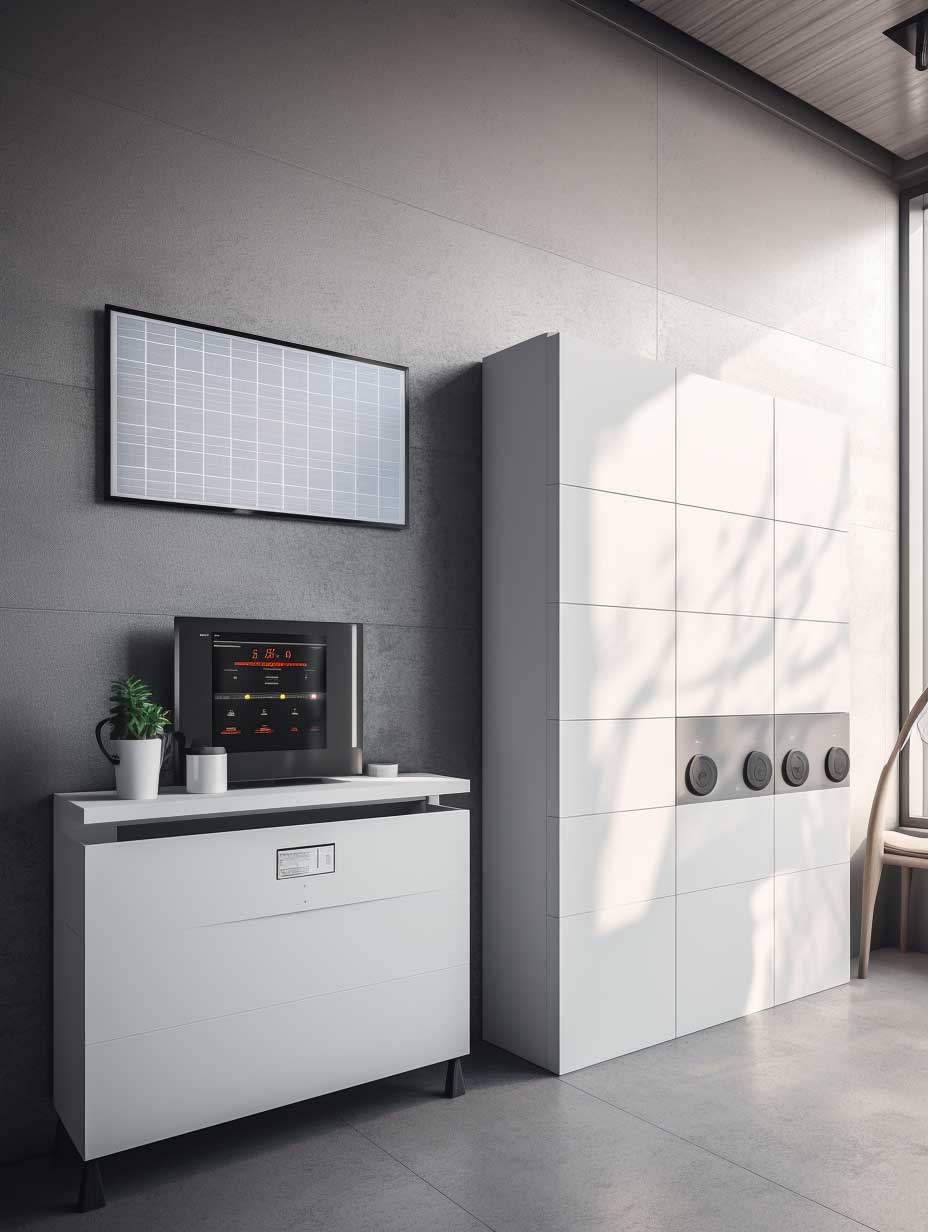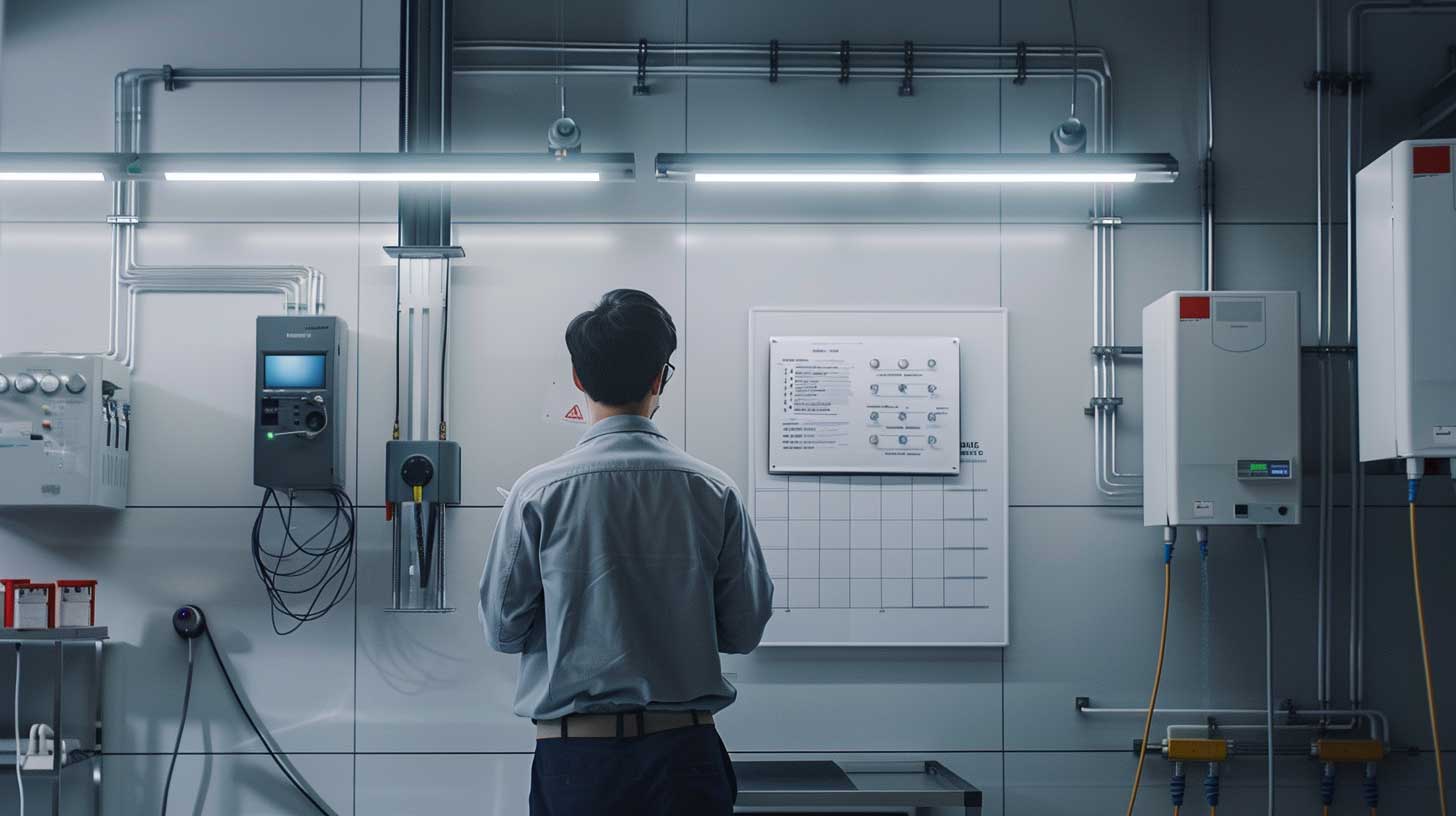
Many battery users wonder if they can use their existing chargers with LiFePO4 batteries. The answer might surprise you.
LiFePO4 batteries require specialized chargers that deliver precise 3.65V per cell in the absorption stage (14.6V for 48V systems), then drop to exact float voltages. Using standard lead-acid or lithium-ion chargers can significantly reduce battery life and performance, potentially causing safety issues.
Understanding these charging requirements will help you maximize your battery investment while ensuring safe operation.
What makes LiFePO4 charging different from other batteries?
LiFePO4 chemistry requires specific voltage profiles during charging: a constant current phase until reaching 3.65V/cell, then constant voltage until current drops to 0.05C, followed by a lower float voltage (typically 3.4V/cell). This precise control prevents lithium plating and extends cycle life.

| Parameter | Specification | Importance |
|---|---|---|
| Absorption Voltage | 3.65V ± 0.05V/cell | Full charge without stress |
| Float Voltage | 3.4V ± 0.05V/cell | Maintenance without overcharge |
| Charge Current | 0.2C-1C (20A-100A for 100Ah) | Fast yet safe charging |
| Temperature Compensation | -3mV/°C/cell above 25°C | Prevents overheating |
| Balancing Threshold | Starts above 3.45V/cell | Maintains cell uniformity |
Multi-stage charging algorithms
Temperature sensors for adaptive charging
Cell balancing circuits
Overcharge protection
Can't I just use my old lead-acid charger with voltage adjustments?
Standard chargers lack the precision voltage control (±0.5% accuracy needed), proper charge termination, and balancing capabilities required by LiFePO4 chemistry. Even small overcharging (above 3.65V/cell) causes rapid electrolyte degradation.

| Issue | Lead-Acid Charger | Generic Lithium Charger | Proper LiFePO4 Charger |
|---|---|---|---|
| Overvoltage | High risk | Moderate risk | Virtually eliminated |
| Undervoltage | Very likely | Possible | Prevented |
| No Balancing | Yes | Often | Includes balancing |
| Improper Float | Destructive | May overcharge | Optimized for LiFePO4 |
| Temperature Issues | Ignored | Sometimes monitored | Actively managed |
Capacity loss: Up to 30%/year with wrong charger
Cycle life reduction: From 2000+ to 500 cycles
Safety risks: Swelling or thermal events possible
Warranty void: Most manufacturers require approved chargers
What should you look for in a quality LiFePO4 charger?
When selecting a charger, match these critical specifications: 1) Exact system voltage (12V, 24V, 48V), 2) Proper current rating (20-100% of battery capacity), 3) LiFePO4-optimized charge profile, 4) Built-in battery management communication.

| Battery Size | Recommended Charger | Key Features |
|---|---|---|
| 100Ah 12V | ANC-12V30A | 30A output, CAN communication |
| 200Ah 24V | ANC-24V50A | Dual-stage cooling, IP65 rating |
| 5kWh 48V | ANC-48V60A | Parallel capable, LCD display |
| 10kWh+ Systems | ANC-MPPT100A | Solar compatible, cloud monitoring |
Communication ports (CAN, RS485) for battery data
Environmental ratings (IP65 for outdoor use)
Scalability for future expansion
Certifications (UL, CE, UN38.3)
What are the most frequent charging errors we see?
Top mistakes include: using lead-acid charge profiles, ignoring temperature effects, charging below freezing without heaters, mixing battery ages/capacities, and neglecting regular balancing - all of which can reduce capacity by 20-40%.

| Mistake | Consequence | Solution |
|---|---|---|
| Using vehicle alternator | Voltage spikes damage BMS | Install DC-DC LiFePO4 charger |
| Partial state charging | Accelerated capacity fade | Regularly charge to 100% |
| Ignoring cell imbalance | Reduced usable capacity | Use chargers with active balance |
| Charging in cold | Lithium plating occurs | Pre-heat below 0°C (32°F) |
| Daisy-chaining chargers | Uneven charge distribution | Use single proper-sized charger |
Monthly full charges to maintain calibration
Quarterly capacity tests to detect issues early
Annual professional inspections for large systems
Immediate replacement of swollen batteries
Investing in a proper LiFePO4 charger protects your battery investment and ensures years of reliable service from your energy storage system.